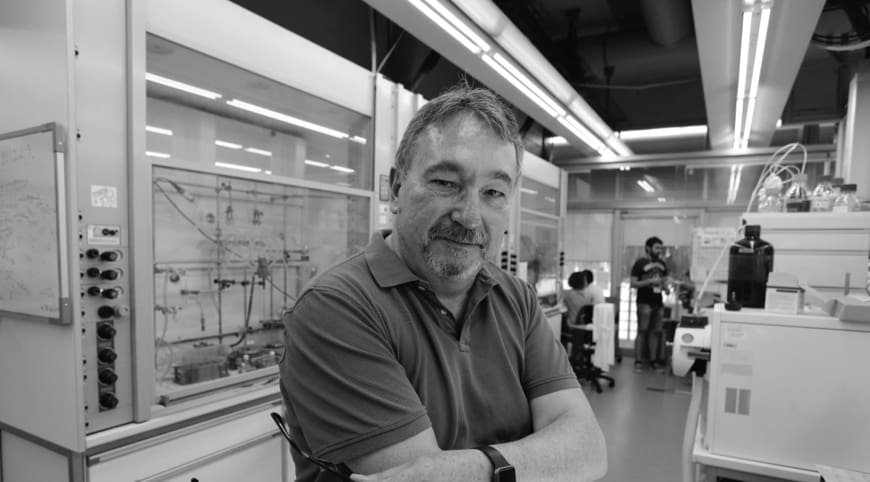Assessing the Role of Site Isolation and Compartmentalization in Packed-Bed Flow Reactors for Processes Involving Wolf-and-Lamb Scenarios
While catalytic tandem processes in batch involving mutually incompatible catalysts (wolf-and-lamb reactions) can be tackled with different approaches [physical compartmentalization of individual catalytic processes or multifunctional heterogeneous catalysts (MHCs) with catalytic site isolation], no equivalent solutions have been developed to date for the corresponding processes performed in flow with packed-bed reactors (PBRs). To fill this gap, the role of “site isolation” and “compartmentalization” in a flow reactor packed with mesoporous silica-based catalysts, containing sulfonic acid and primary amine sites, to catalyze acetal hydrolysis, followed by C–C bond-forming condensation reactions, such as the Henry reaction or the Knoevenagel condensation, has been studied. The main consequence of the study is that a simple physical mixture of mesoporous silica-based acid and base catalysts efficiently creates site isolation between the incompatible catalytic sites without the need of any additional compartmentalization inside a single PBR. With this simple approach, examples of important reactions of “wolf-and-lamb” type have been performed in continuous flow with very high productivity, with the catalytic system exhibiting high stability, allowing long-time operation without decrease in performance. A DFT study provides an explanation for the experimental observations and sheds light on the significance of compartmentalization in PBR when the rate-limiting step in sequential transformations is characterized by an unfavorable equilibrium constant.

Borah, P.; Fianchini, M.; Pericàs, M. A.
ACS Catal. 2021, 11 (10), 6234–6242
DOI:
10.1021/acscatal.1c00889

Let's create a brighter future
Join our team to work with renowned researchers, tackle groundbreaking
projects and contribute to meaningful scientific advancements



















